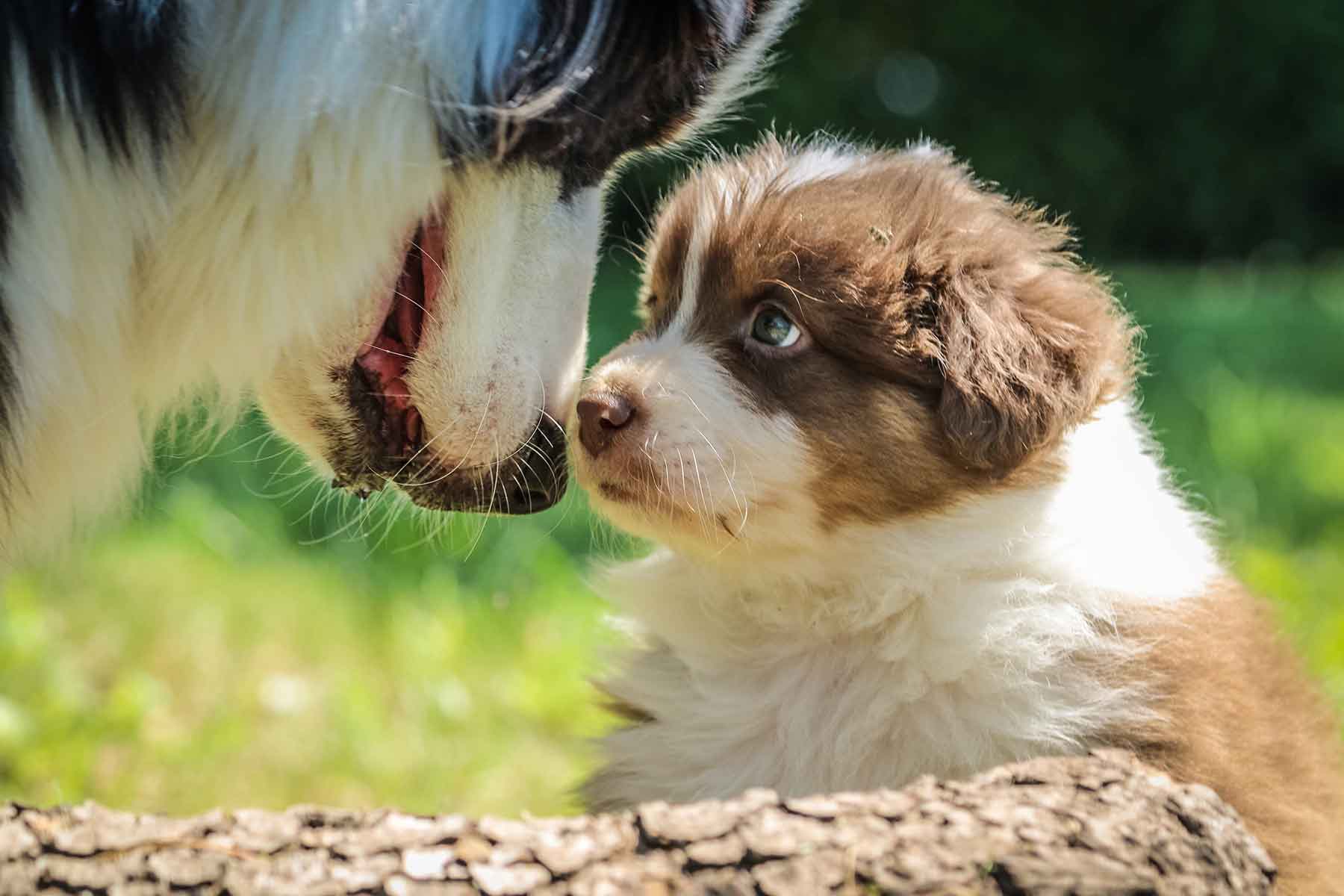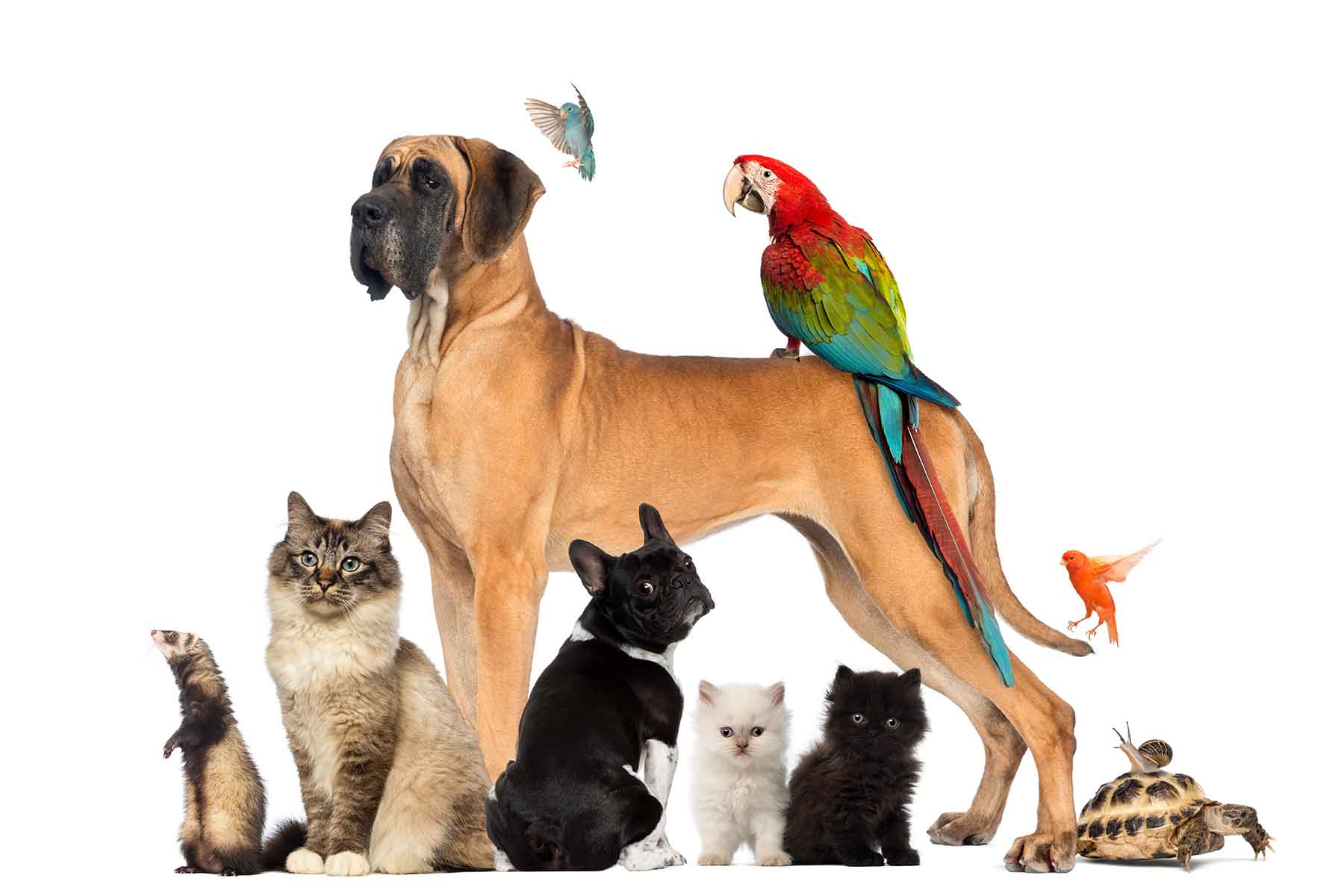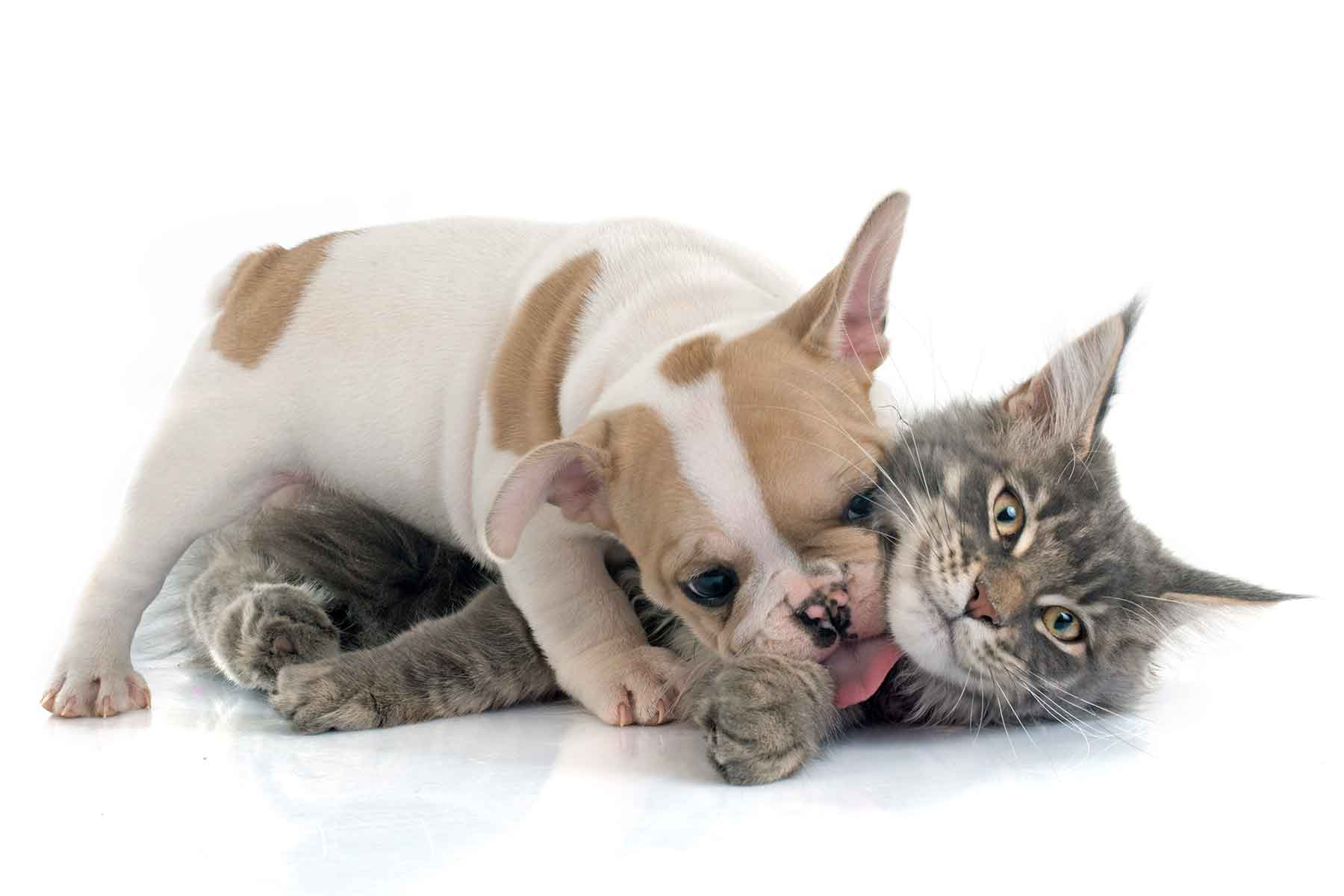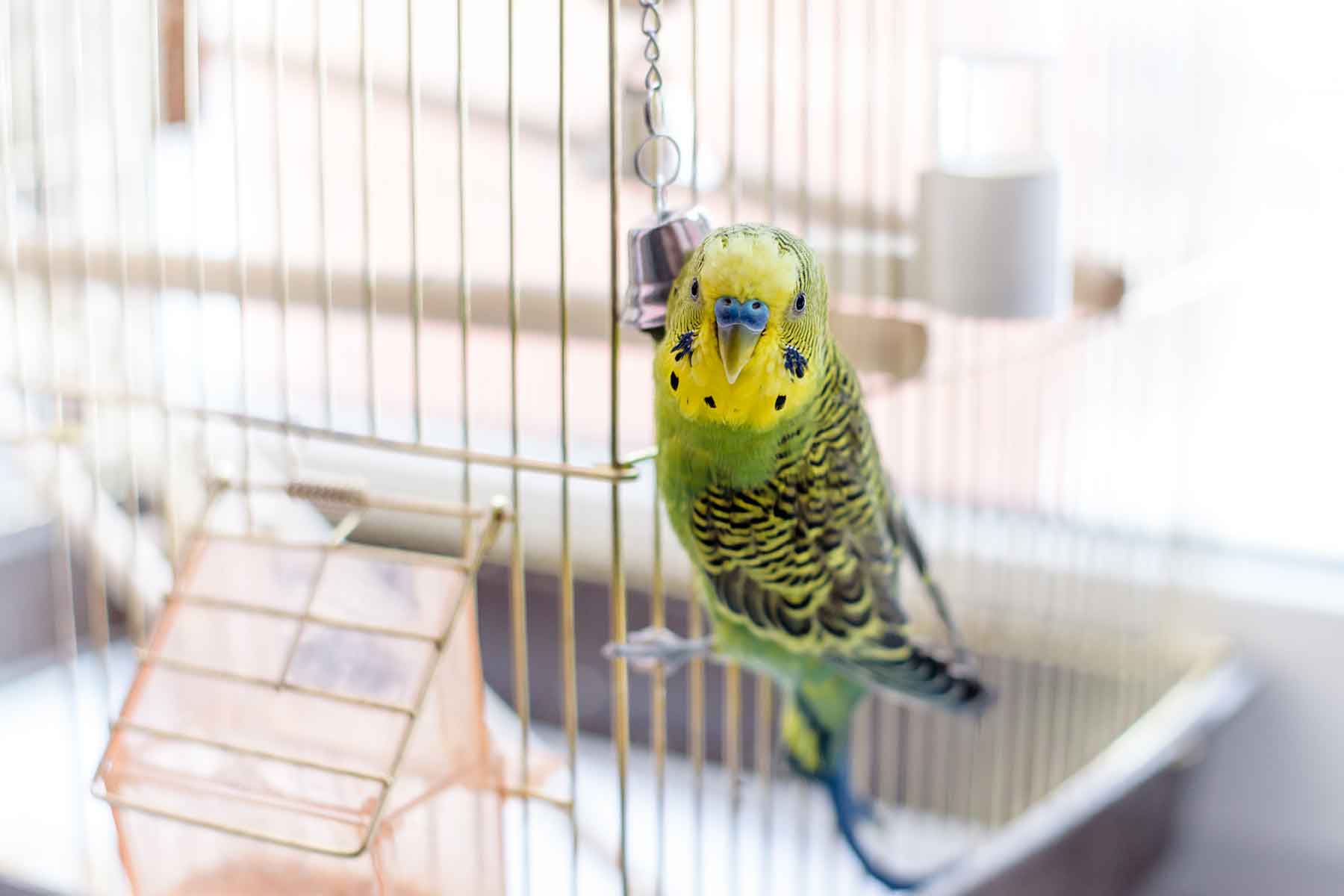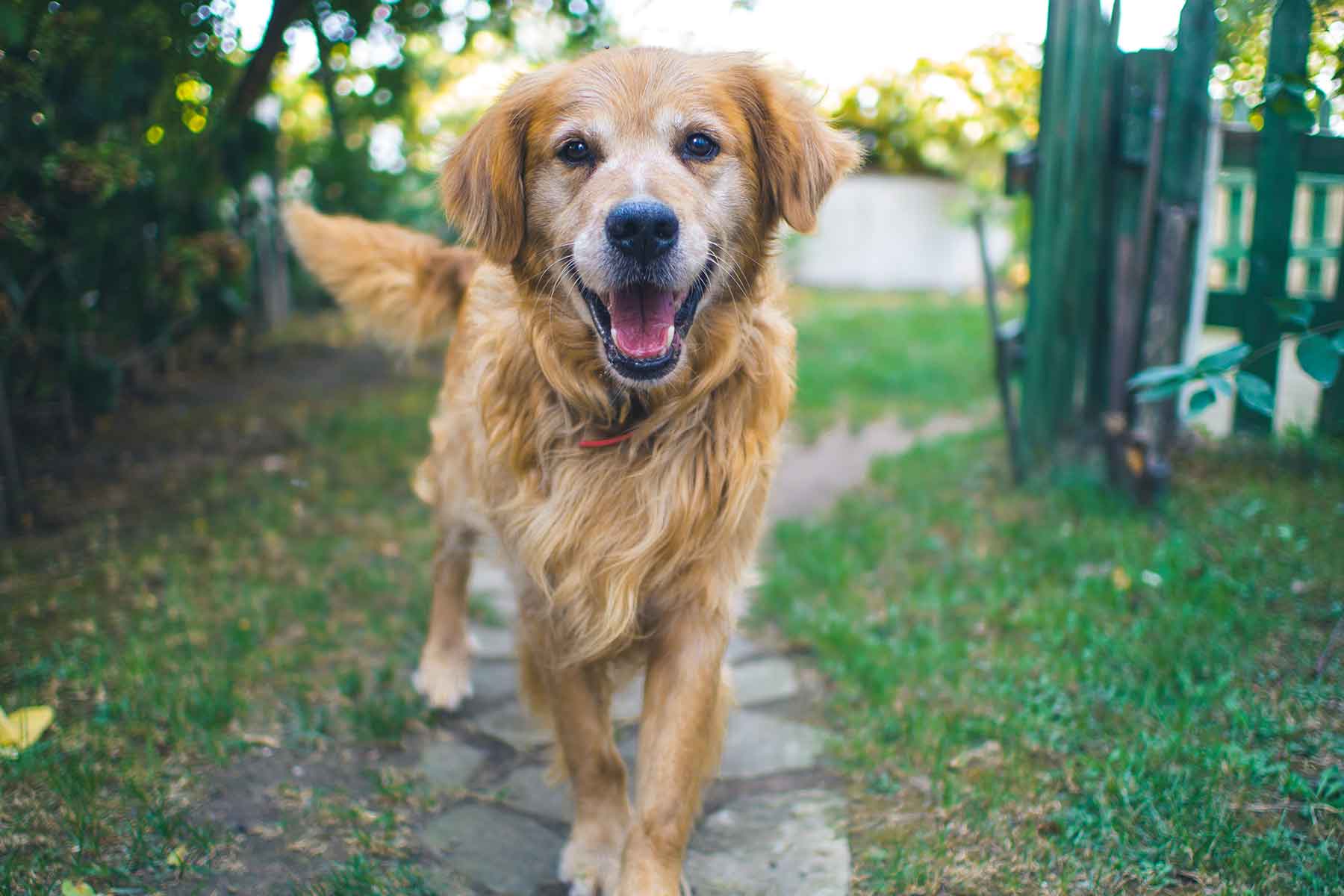Skin is a wonderful invention – it guards against dehydration; protects man’s best friend from exposure to the weather and provides follicles for hair growth; and last but not least makes pets very huggable. So what’s the difference between human and his best friend?
The difference between canine and human skin
The epidermis is the body’s environmental shield that works as a barrier against injury, disease, and damage from ultraviolet light and is constantly replaced. Canine epidermis has a turnover rate of 20 days compared to humans which occurs approximately every 28 days. The epidermis of a dog is 3-5 cells thick however in humans it is at least 10-15 cells thick.
The issue of hair
When hair grows in a canine it grows in bundles. When a human hair develops it grows as a solitary hair and continues to grow unlike dog’s hair which grows in cycles. When dog hair reaches a certain length determined by the individual dog’s genetic makeup, it stops growing, then dies. That’s when shedding begins.
A sweaty subject or not?
The dog’s dermal skin layer has two types of glands that produce fluids. The apocrine glands, which produce sweat in humans, have two other functions in dogs – they help seal the outer layer of the epidermis and they secrete pheromones that give dogs a distinctive body odour. The eccrine glands in the pads of the paws do produce a watery secretion similar human perspiration. This secretion leaves damp pawprints behind nervous or stressed canines and may also improve traction for a quick getaway.


